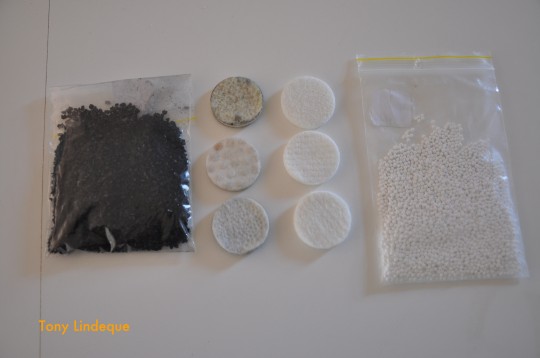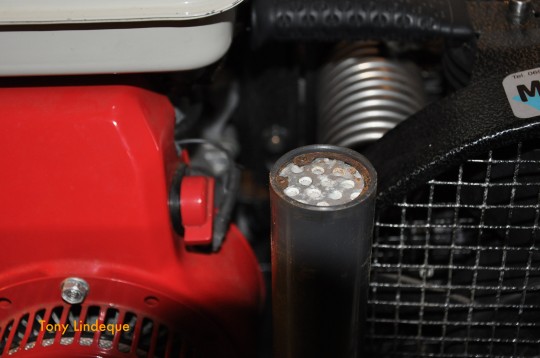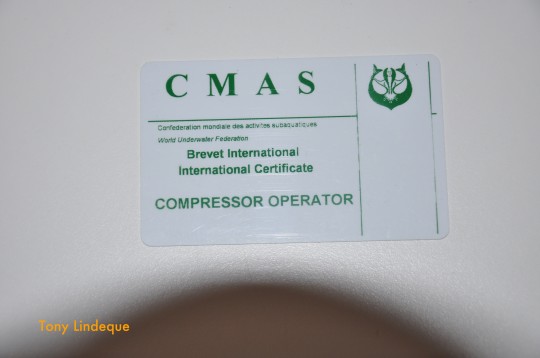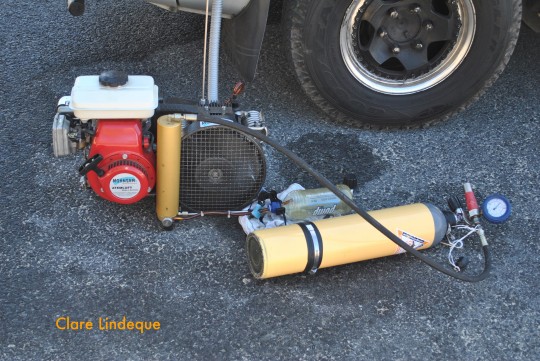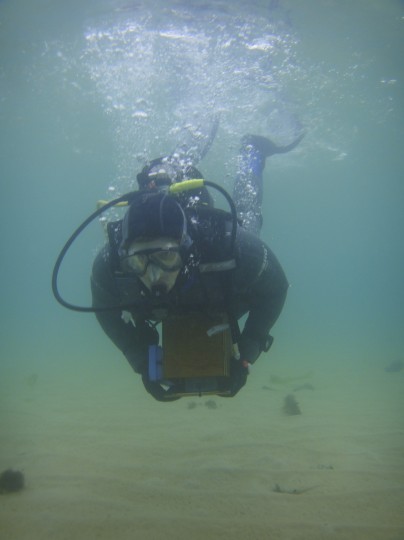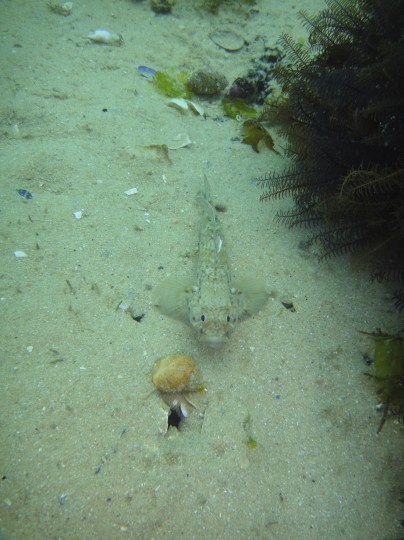Here are some suggestions for things you can do at (or near) home that can have a positive impact on the environment.

The first suggestion is the most important!
Be a busybody
Keep tabs on what’s going on in your area. Are there new building projects or developments planned? Community newspapers are an excellent source of information. Attend meetings that give opportunities for public participation, register as an interested and affected party, make objections, write letters to the environmental consultants and your local council representatives. Also, tell your friends and buddies about opportunities to participate as concerned citizens.
Remember that a development doesn’t necessarily need to be in or on the ocean to affect the marine environment. For example, False Bay is where a large amount of the city’s effluent is pumped out. More people means more pressure on the ecosystem. Demand responsible solutions from municipalities and developers.
Keep tabs on proposed amendments to existing laws, and new laws and bylaws. Who is getting permission to do what? Are these decisions well thought out? Is it wise to allow whelk and octopus fisheries to operate in a bay that is visited by large numbers of whales and dolphins?
Hold the government (specifically DAFF and the Department of Environmental Affairs) to account. The environment belongs to all of us, and if it’s being mismanaged, it’s your heritage that’s being squandered.
An excellent example of the concrete results this kind of action by ordinary citizens can have is the recent flip-flop done by the authorities on the proposed diving ban in the Betty’s Bay MPA after many local divers, marshalled by Indigo Scuba and Underwater Africa, registered as interested and affected parties and submitted objections to the proposal.
Banning diving in the area would have essentially left it wide open for poaching. While the local law enforcement can’t and doesn’t do anything to stop illegal harvesting of perlemoen, eyes in the water in the form of recreational divers can at least keep tabs on what’s happening in the reserve.
You can follow the sequence of events by reading these four posts, in order: (1) proposed diving ban, (2) almost immediate initial results after responses from the diving community, (3) a revised proposal, and finally (4) a cautiously promising start to the consultation process (which is by no means finished).
Evangelise, but not like a crazy person
Wear your heart on your sleeve. Let your friends know that conservation issues and protecting the environment are important to you. Don’t be scary and wild-eyed, just be yourself. (If you’re naturally scary and wild-eyed, I can’t help you.)
When you get an opportunity to discuss an environmental issue with someone who doesn’t know or care as much as you do, stick to the facts. Point them to other sources where they can find information to back up what you’re saying, if they are interested. That way, if they want to relay your argument to someone else, they can do so. Raw outrage isn’t necessarily transmissible (and if you’re too hot under the collar, they may just think you’re a lunatic).
Don’t use jargon. Don’t use cliches (people are smarter than you think). Don’t assume that everyone knows as much as you do about your pet issue – check that you’re pitching your pitch appropriately. Don’t be boring. Show people how beautiful and wonderful and intricate the environment is.

Get your hands dirty
Participate in beach cleanups and underwater cleanups. If you see garbage on a dive (and nothing has taken it for a home), stuff it into your BCD for disposal on land. Get into the habit of picking up stuff that doesn’t belong. Keep an empty bag on the boat for collecting rubbish as you drive in and out of the harbour. Hout Bay is an excellent spot for this. Most harbours are actually filthy.
Consume less of everything
Reduce your carbon footprint. This encompasses all the obvious things: recycle, buy local, seasonal produce, eat less meat, and participate in more recreational activities that are carbon neutral. (Unfortunately diving isn’t technically one of those; even if you do a shore dive, you still need to get your cylinder filled using a compressor that consumes energy.)
Here’s a good carbon footprint calculator that’ll help you identify the areas of your lifestyle that are having the greatest negative impact on the environment. Mine is my commute to work, which produces a horrific amount of carbon dioxide each month. (If I ever needed a justification for running away to sea with Tony and the cats, this is it.)
If you eat seafood, make wise choices that are kind to the ocean. If you fish for fun, follow the regulations defining what and how much you’re allowed to catch.
Donate responsibly
If you have financial resources and want to make a donation to a conservation organisation, first do your research.
- What will the money be spent on?
- What is the track record of the organisation? What projects have they worked on already?
- Do you agree with their aims, objectives and methods? (Would you be proud to have your name associated with their work?)
- Will the money be spent on branding and advertising (some people mistake this for real action), or on observable projects that will have a direct impact on an environmental issue that’s important to you?
Remember that addressing an environmental problem may very well involve work with people. Sustainable Seas Trust (not an endorsement, just an example) addresses poverty and food security as a way to relieve pressure on the ocean’s scarce resources, thus caring for people and the sea at the same time. It’s great to take kids snorkeling, but after a while (and a lot of kids) I hope funders can demand a bit more originality and effort in that area.
Personally, I prefer to support organisations that follow scientific advice or include a research component in their activities, because I feel that conservation that isn’t based on scientific data is just marketing… But you may feel otherwise.
If your donation is a significant one, ask for feedback on how it was spent.
Don’t fool yourself
Finally, remember that writing tweets and sharing pictures on facebook doesn’t achieve anything concrete (ok here’s an exception), even though your rate of hashtagging may make you feel like your efforts are putting Greenpeace to shame. Sorry kids. Even Shonda Rhimes says so.
Want to target your tweeting for good? I suggest subscribing to Upwell’s Tide Report.
How do you make a difference for the environment? Would love to hear your suggestions.















